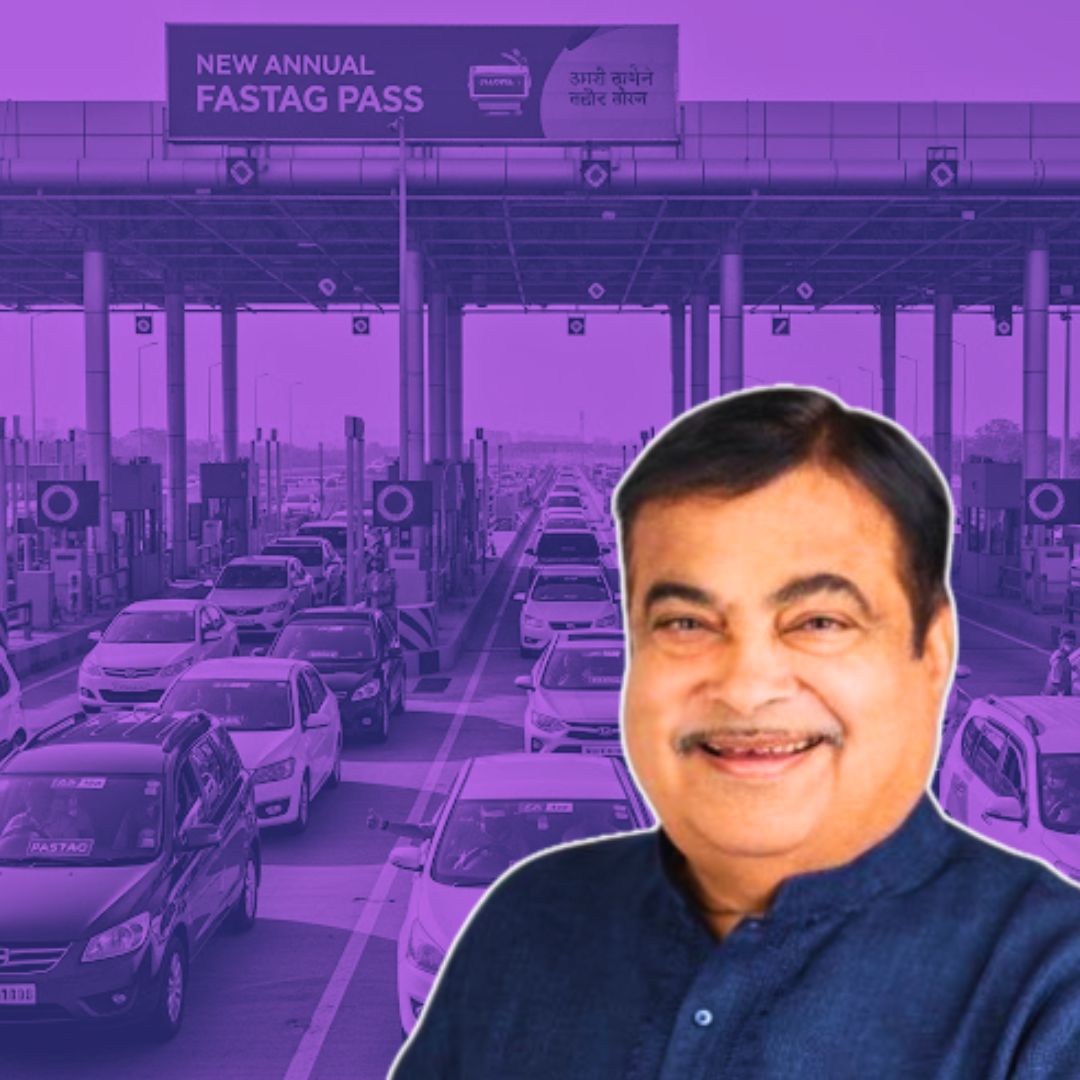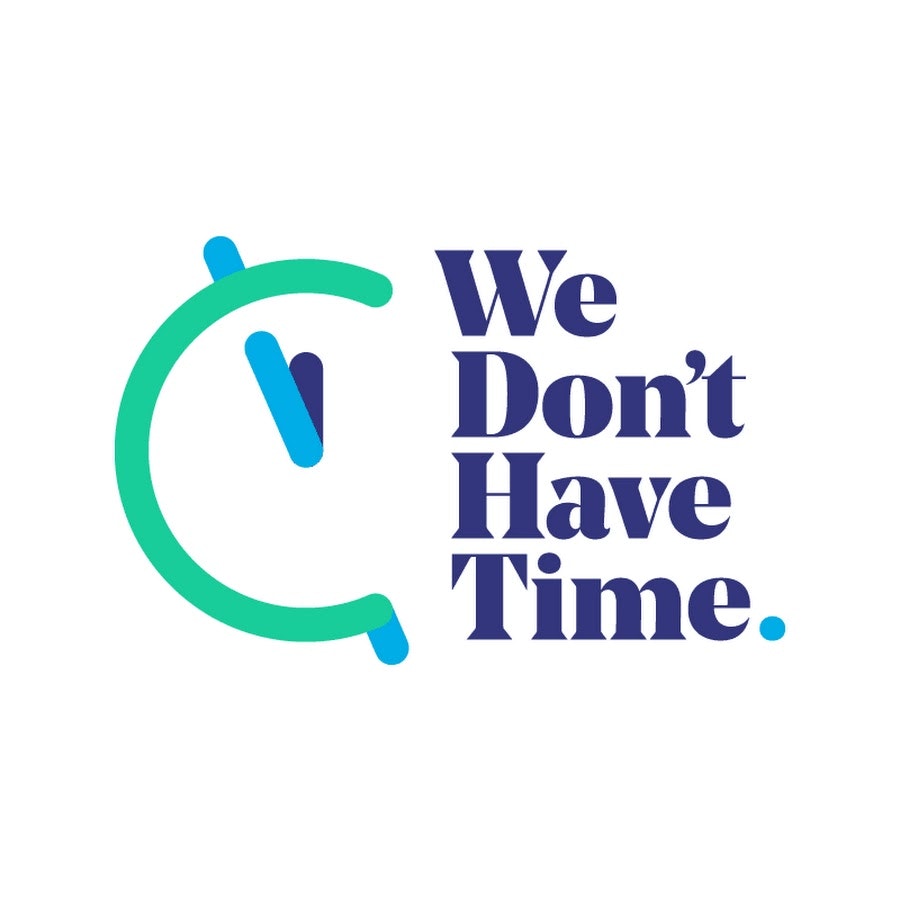On August 15, 2025, the Ministry of Road Transport and Highways (MoRTH) launched the Annual FASTag Pass, allowing non-commercial private vehicle owners to make unlimited toll trips on national highways and expressways for a year or up to 200 trips, for a fee of ₹3,000.
According to the MoRTH, by 7 PM on the inaugural day, nearly 1.4 lakh users had purchased and activated the pass, with about 1.39 lakh transactions successfully recorded across toll plazas. The swift adoption reflects strong public enthusiasm for digital toll payments and the government’s ongoing push to improve road travel convenience and efficiency nationwide.
Record-Breaking Launch and User Response
The launch day of the Annual FASTag Pass saw an extraordinary response, with digital platforms witnessing a surge in user activity. The Rajmargyatra app, a dedicated platform for FASTag services, recorded up to 25,000 concurrent users during peak hours, stressing the demand for this innovative payment solution. This annual pass is designed for non-commercial private vehicles equipped with a valid FASTag and can be purchased and activated easily through the Rajmargyatra app or the National Highways Authority of India (NHAI) website.
Officials from MoRTH praised the overwhelming uptake, describing it as an encouraging signal that motorists are ready to embrace digital technology for smoother journeys. A senior official said, “The Annual FASTag Pass simplifies toll payments, eliminates the need for repeated recharge, and helps in decongesting toll plazas.” Coupled with this, toll plaza operators reported about 1.39 lakh transactions processed on the opening day, underscoring the operational success of the initiative.
To support the rollout, NHAI helpline centers have ramped up their services, providing assistance to new users. Toll operators and customer support teams have been advised to swiftly address any concerns, ensuring a smooth transition to the annual pass system. The service aims to reduce waiting times and improve the overall travel experience on India’s busy highways, especially for frequent travellers such as commuters, logistics operators, and commercial vehicle owners.
The Road to a Cashless, Seamless Travel Experience
FASTag was first introduced by the government in 2014 as a prepaid electronic toll collection system. Since February 2021, it has been mandatory for all vehicles to carry a FASTag to enable cashless toll payments on national highways. This digital tolling measure significantly cut down congestion at toll plazas by reducing the time vehicles spend waiting in queues.
The annual pass marks a significant evolution of the FASTag system, providing a prepaid, cost-effective solution especially beneficial for frequent highway users. For a fixed amount of ₹3,000, vehicle owners can enjoy either unlimited toll crossings or up to 200 toll uses annually, whichever comes first. This offers both convenience and predictable costs, which are important for personal budgeting and commercial trip planning.
This step also forms part of a larger government effort to digitise transport infrastructure, promote transparency in toll collections, and reduce fuel wastage caused by idling vehicles. Reducing time spent at toll plazas supports environmental goals by lowering carbon emissions. It also encourages a smoother traffic flow, improving safety and reducing road rage incidents common in congested toll lines.
The Logical Indian Perspective
The Logical Indian views the launch of the Annual FASTag Pass as an important milestone in India’s journey toward digitally empowered and environmentally conscious infrastructure. The overwhelming acceptance of the pass demonstrates the public’s growing trust in digital payments and government-backed initiatives to simplify everyday processes.
However, while such technological advancements represent progress, they must be accompanied by efforts to ensure that all citizens, regardless of technological familiarity, can access and benefit from these services. Older adults, rural populations, and those less comfortable with apps require continued guidance, education, and support to prevent exclusion.
The Logical Indian advocates for a balanced approach that pairs digital innovation with empathetic and inclusive outreach. Supporting vulnerable sections of society with user-friendly tools, helpline assistance, and on-ground help desks will accelerate adoption and foster harmony in technological transition.









